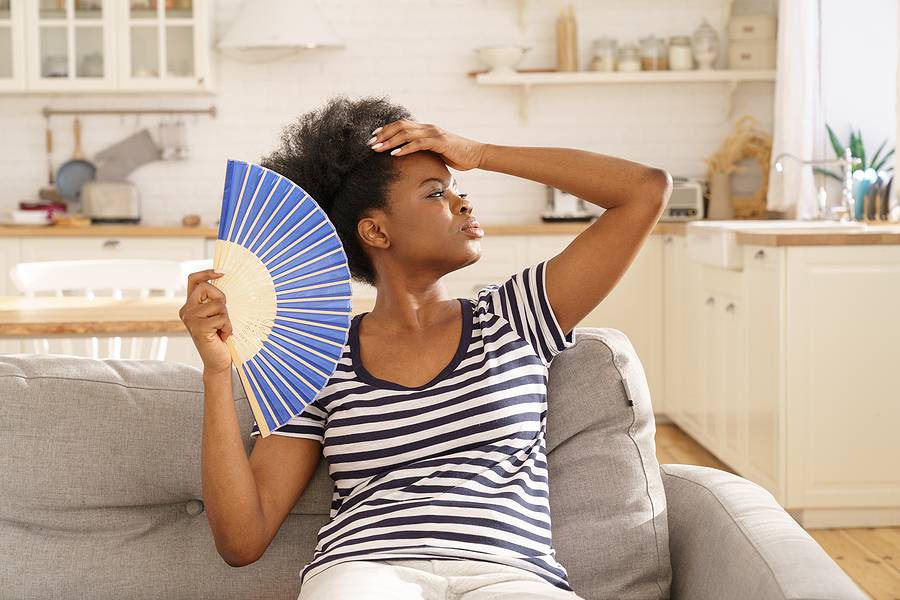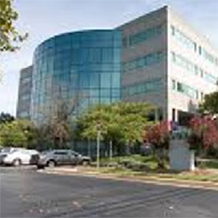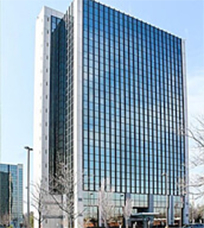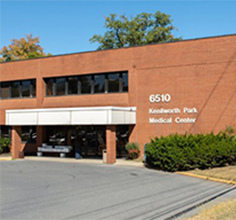
Heat stroke is a medical emergency that can strike when least expected. Understanding its causes, recognizing its symptoms, and taking preventative measures are crucial to protecting yourself and others from this potentially life-threatening condition. In this article brought to you by Southern Maryland Medical Group, we will review some of the basics of heat stroke.
If you are looking for primary care doctors in the area, then call Southern Maryland Medical Group to schedule an appointment with a licensed primary care physician. We are also happy to arrange an urgent walk-in appointment for as soon as possible.
Heat stroke primarily occurs when the body's internal temperature regulation mechanisms falter, allowing core temperatures to soar dangerously high – Typically 106 degrees or more. This phenomenon can be attributed to several causes.
Prolonged exposure to scorching temperatures, especially during heatwaves, is a common trigger for heat stroke. Physical activity in such temperatures can especially push the body beyond its temperature-regulating capabilities, leading to exertional heat stroke.
Dehydration is another factor. Insufficient fluid intake can hamper the body's ability to sweat and cool down. This lack of hydration can make individuals more susceptible to heat stroke.
Speaking of sweating: Humidity is another risk. When the air is laden with moisture, sweat cannot efficiently evaporate from the skin, weakening the body's cooling mechanism and raising the risk of heat stroke.
Heat stroke is a medical emergency and recognizing the symptoms is key to taking prompt action. Keep an eye out for the following warning signs:
Preventing heat stroke demands mindfulness and taking proactive measures. For one, minimize outdoor activities during peak heat hours of hot days, typically from 10 a.m. to 4 p.m. If you must go outdoors during those hours, find shade to reduce direct sun exposure. Also, drink a cup or two of water per hour to stay sufficiently hydrated.
Opt for lightweight, loose-fitting, and light-colored clothing to help your body cool down naturally. Finally, apply sunscreen to protect your skin from sunburn, which can exacerbate heat-related illnesses.
There is no time to waste. Relocate the person to a cooler, shaded area and dial 911 or seek immediate medical assistance. Remove their outer clothing and apply wet, cool cloths to cool their skin. Place these cloths on the head, neck, and arms in particular. If the person is conscious and can swallow, then provide cool water.
People who experience frequent heat strokes should consult with a physician about their condition. Heat stroke is a grave condition that demands immediate attention. Residents in the area can call Southern Maryland Medical Group to schedule an appointment with a licensed physician.
Southern Maryland Medical Group has 3 convenient locations to provide professional medical care services in the Southern Maryland area. Call or schedule an appointment with one of our locations to get medical care help.

5801 Allentown Road, Suite 400 Camp Spring, MD 20746
Phone: 301-868- 0150
Billing Inquiries: 301-552-1270
Fax: 301-868-0243

7500 Greenway Center, Dr #1200 Greenbelt, MD 20770
Phone: 301-486-7580
Billing Inquiries: 301-552-1270
Fax: 301-486-7581

6510 Kenilworth Ave, Ste 1400, Riverdale MD 20737
Phone: 301-618-0771
Billing Inquiries: 301-552-1270
Fax: 301-618-0772